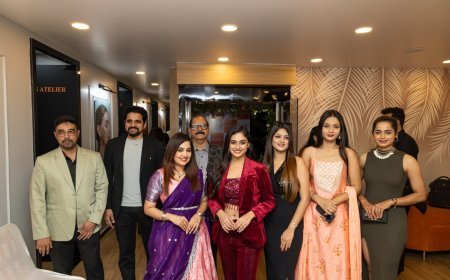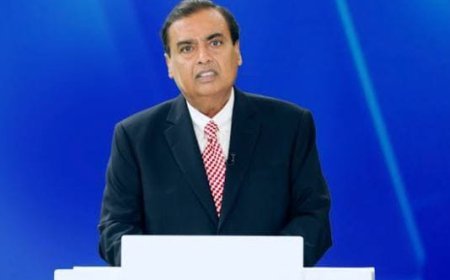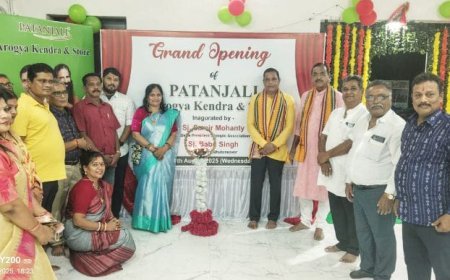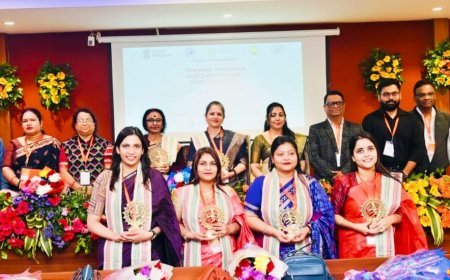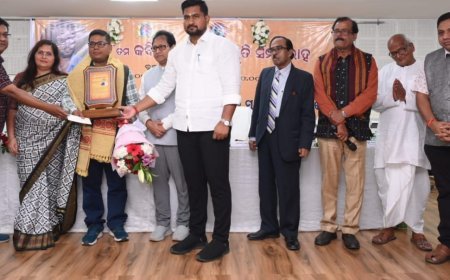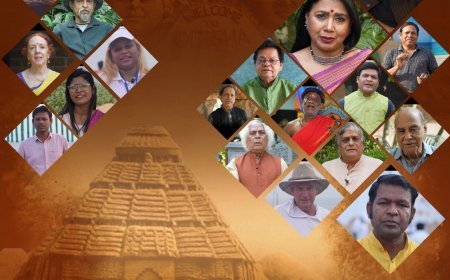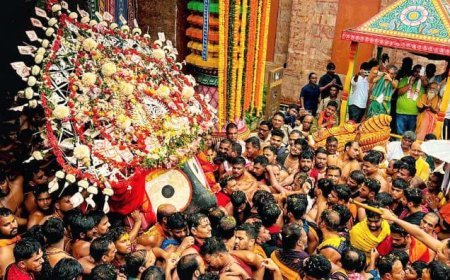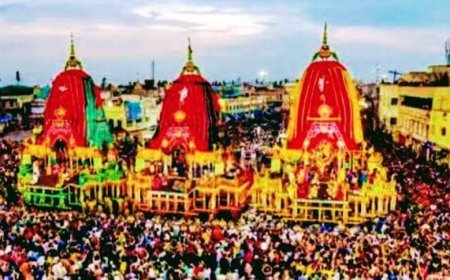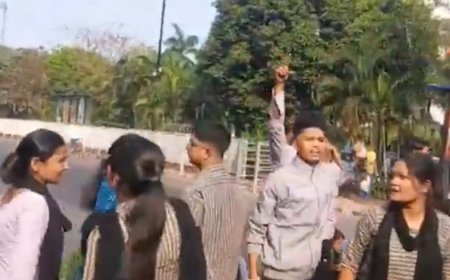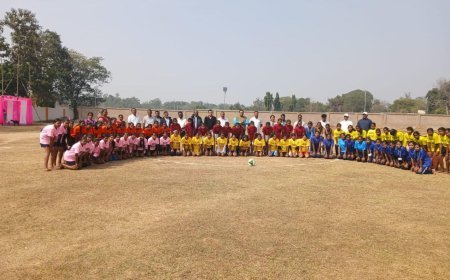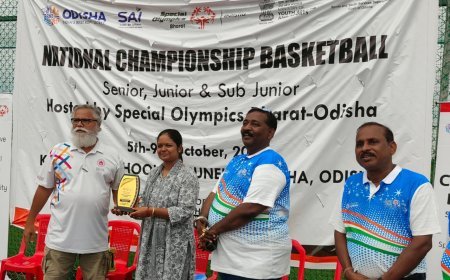Why We are Still Glorifying Gobar in the Age of AI.

In a recent viral video from Delhi University’s Laxmibai College, Principal Dr. Pratyush Vatsala was seen applying cow dung to classroom walls, sparking widespread debate. While this may seem bizarre in an urban educational setting, cow dung has long been a staple in rural India—for its antimicrobial, insulating, and eco-friendly properties. For centuries, villagers have used it to coat floors and walls, keeping homes cool and insect-free.
But in an era of rapid scientific advancement, does reviving such traditional practices make sense?
There's no denying that cow dung has natural benefits. It offers sustainable insulation, is biodegradable, and has minimal environmental impact. With global warming knocking at our doors, the call for sustainable, low-cost materials is louder than ever. But there’s a thin line between embracing eco-conscious traditions and promoting regressive, unscientific dogma.
Gone are the days when households relied solely on firewood, coal, and cow dung cakes for cooking. LPG, solar energy, and induction stoves have replaced them—not because the old methods were inherently flawed, but because the newer ones are more efficient, safer, and sustainable. Likewise, earthen pots gave way to steel and aluminum utensils not due to cultural loss, but due to practicality and durability.
The world is racing ahead—China with flying taxis, America with AI and space programs, Israel with cyber warfare advancements, and Japan with cutting-edge robotics. In contrast, India seems to be caught in a confusing duality: proudly building billion-dollar aircraft for the Prime Minister while simultaneously glorifying cow dung as a miracle cure.
While traditions deserve respect, they should not be romanticized to the point of stagnation. Technological progress cannot coexist with pseudoscience. Ironically, leaders who advocate for a return to Vedic science often enjoy the luxuries of the modern world, traveling in state-of-the-art aircraft while referencing mythological Pushpak Vimans as historical facts.
India's strength lies not in choosing between tradition and technology but in harmonizing both—where sustainable living does not come at the cost of scientific temper, and cultural pride doesn't descend into blind faith.
We must ask ourselves: Do we aspire to be a nation of innovators or imitators of the past? Are we preparing our youth to become scientists, engineers, and global leaders—or glorified custodians of cows and Kalash Yatras?
Still, despite everything, we chant with pride: “Mera Bharat Mahan.” But maybe it’s time to also ask: Mahan in what?
Sanjay Pattnayak
Sundargarh




